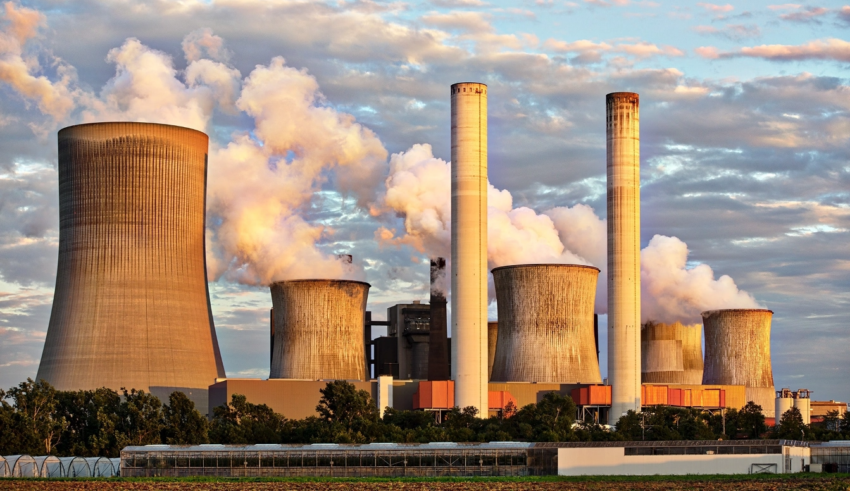AG INSIGHT | 12/01/2022
The role of biomass in a net zero economy

In recent years, the decarbonisation potential of bioenergy – power generated by burning biomass (organic materials such as trees, wood pellets, or waste) – has gained significant traction, as it can be used in existing infrastructure to replace coal and gas. This is particularly promising for sectors that are unable to electrify or switch to low carbon fuels in the short term.
However, bioenergy is not without its problems. Growing biomass can have a negative impact on the environment and biodiversity, and while there is a limited stream of biomass that can be sourced responsibly from unavoidable wastes, the act of burning it releases a significant level of CO2 and other pollutants into the atmosphere.
As we look to reduce emissions as quickly as possible, we must prioritise sustainable biomass wherever possible but it is imperative that we don’t replace coal and gas with similarly high-carbon bioenergy. Countries across the world should implement strict sustainability criteria and legally binding carbon accounting mechanisms to reflect the true carbon intensity and environmental impact of bioenergy, while also taking steps to maximise the emissions reductions potential of its sustainable form.
The genuine emissions intensity of bioenergy
At COP26, the Glasgow Declaration on Sustainable Bioenergy put forward a set of voluntary sustainability criteria for the bioenergy sector to follow in order to increase its sustainability credentials, while maximising a valuable power source that could displace dirtier fossil fuels.
However, the Declaration supports the growth of wood-based bioenergy in the global power sector, arguing that ‘emissions released when burning biomass will be reabsorbed by other plants and trees in a continuous cycle’.[1] However, several studies have debunked this claim, showing that the CO2 released when burning biomass can remain in the atmosphere for over a century – a timescale that goes far beyond the Paris agreement’s objective of reducing emissions to net zero by 2050.[2]
In fact, figures from bioenergy producers show that burning biomass can release more carbon than coal. And even if biomass were carbon neutral, its supply chain emissions alone are several times higher than the lifecycle emissions of well-established renewable alternatives such as wind and solar. To deliver a truly sustainable economy these renewable options must be where investment is focused.
However, waste biomass, such as agricultural residues, release their embodied CO2 into the atmosphere if left in the environment to decay, and should be utilised to displace fossil fuels that could otherwise be left in the ground.
To fully illustrate the impact of biomass, governments across the world need to establish a carbon accounting mechanism that records the genuine lifecycle emissions of bioenergy. This should include all emissions apart from those that would be inevitable with inaction (CO2 released upon natural decay of biomass), or those that can be verifiably absorbed by plant re-growth within Paris-compliant timescales. This could be achieved by phasing in biomass emissions reporting under the Streamlined Energy and Carbon Reporting (SECR) regulatory framework, which already requires gas and electricity producers to report their scope 1, 2 and 3 emissions.[3]
If countries were to include bioenergy emissions in their carbon pricing systems, they could also incentivise decarbonisation while generating significant revenue. In the UK, subjecting bioenergy to the Emissions Trading Scheme would raise over half a billion pounds annually.[4]
Maximising sustainable biomass
Producing the biomass used in bioenergy generation currently requires large-scale planting and clear-felling of vast forests, often containing a single-species (known as monocultures). These practices destroy natural habitats and also have a negative impact on valuable ecosystem services such as natural flood defences and water filtration.
However, there are ways of sourcing biomass that actually benefit the environment. Forest thinning for example, is the practice of cutting back parts of a forest to reduce the density of trees and promote healthier overall growth.[5] Unavoidable wastes, such as those produced in the treatment of water, also provide a valuable source of biogas for the grid.
To ensure that negative practices are prevented and positive ones incentivised, governments should work with industry stakeholders, such as the signatories of the Glasgow Declaration, to establish mandatory, not voluntary, sustainability criteria for biomass fuels, to effectively ban damaging activities. Companies should also be required to submit Natural Capital Accounts that measure the environmental impact of their biomass supply chains.
Policy actions for the UK
In conclusion, sustainable biomass has a limited role to play as the world moves away from fossil fuels, but care must be taken to ensure that the concept is not widely adopted as an alternative to renewable energy. The remainder of the UK’s COP26 Presidency and the momentum of the Glasgow Declaration on Sustainable Bioenergy should be used to ensure this is the case by creating a binding international carbon accounting mechanism for bioenergy.
Bioenergy emissions should also be included in the UK ETS, with exemptions made only for emissions that would be inevitable even with renewable alternatives, or sequestered within Paris-compliant timescales.
The UK should also take the opportunity presented by the Biomass Strategy due in 2022 to establish strong sustainability criteria, and enact a ban on imports of unsustainable biomass that does not meet these criteria. Finally, this strategy should also establish a priority use framework, which will allow sectors with no other options to decarbonise to use sustainable biomass where required to reduce their emissions.


